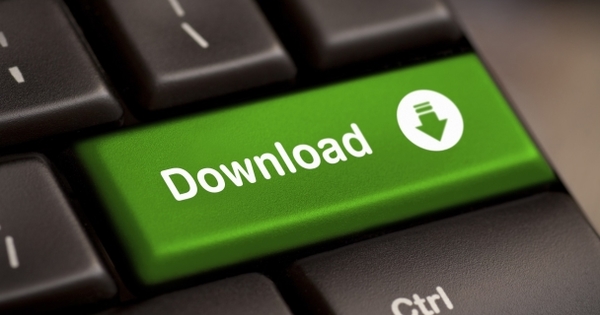If you have a Windows 10 laptop, tablet or PC with a touchscreen, it may be good to use tablet mode. In this article we tell you what you want to know about this mode.
Do you have a Windows 10 device with a touchscreen? Then it can sometimes be more convenient to activate the tablet mode, especially if you don't have a keyboard and mouse or if you like touch-sensitive controls. But how do you activate that tablet mode? You do this by clicking on the icon on the right of the start bar that most resembles an empty notification (the action center). Here you select the Tablet mode, after which the system switches. Switching off is just as easy: with the same button you go back to the normal position.
Using Tablet Mode
Why you want to use this mode instead of regular Windows is very simple for some people: apps are now presented in full screen, while on the start bar at the bottom you also have access to a digital back button (the arrow on the left). . It is also possible to close an app by pulling it from top to bottom and you can open and use two apps side by side by dragging them to the sides with your finger.
Through the settings menu of your Windows 10 device it is possible to adjust the behavior of the system when using tablet mode. Click (or tap) on Start and then click on the gear. Go to System, where you left in the menu Tablet mode sees standing. There you can set various things. For example, you can automatically hide the launch bar and app icons and specify whether or not the system should automatically switch to mode.
Many 2-in-1 models have such an automatic mode. When you use a convertible (with a fixed keyboard) or hybrid (with a separate keyboard), Windows automatically recognizes the mode in which it is used, so that it automatically switches to tablet mode. You can also choose to always do this manually (via the settings), but in most cases this mode simply works the best.

Tablet mode issues
Of course, you may encounter problems while using tablet mode. This can have several causes. The most annoying cause is that your touchscreen does not respond. Then you should have your screen repaired. A less severe operation is installing the correct drivers or the latest version of the Windows operating system. It is always recommended to have the latest Windows version on your device when it is available.

